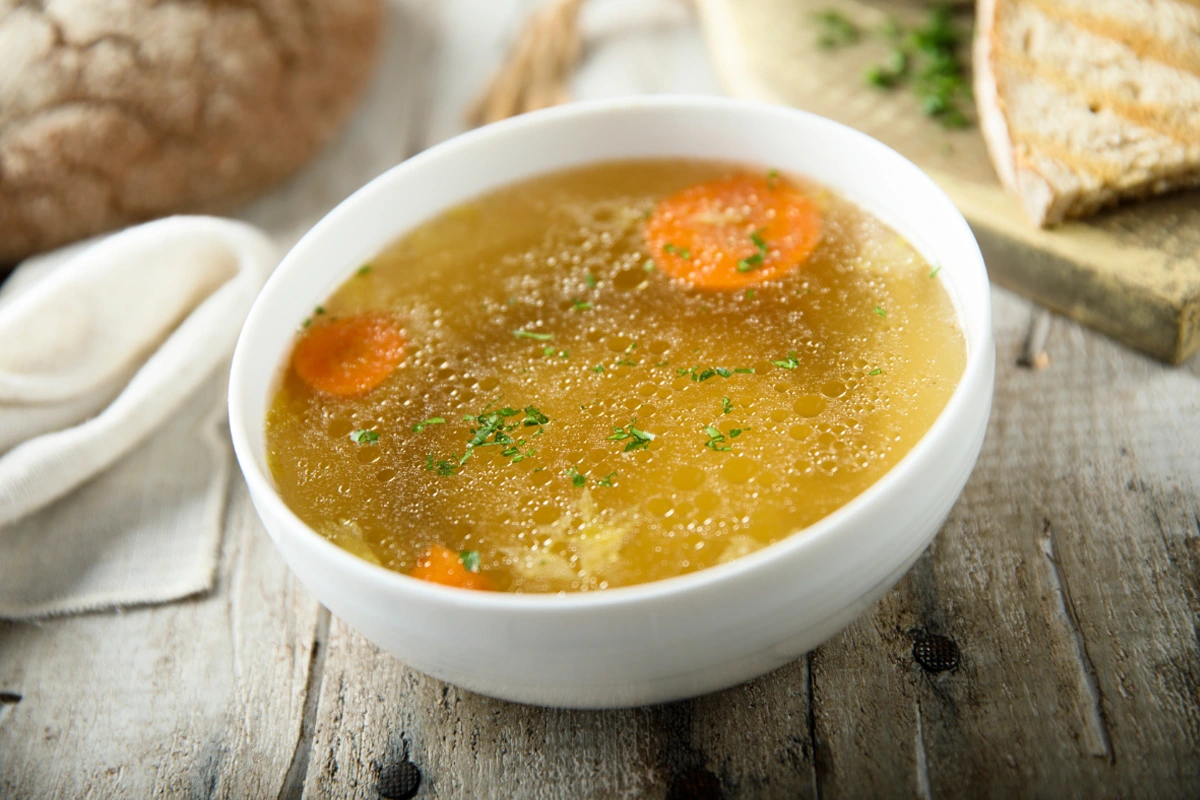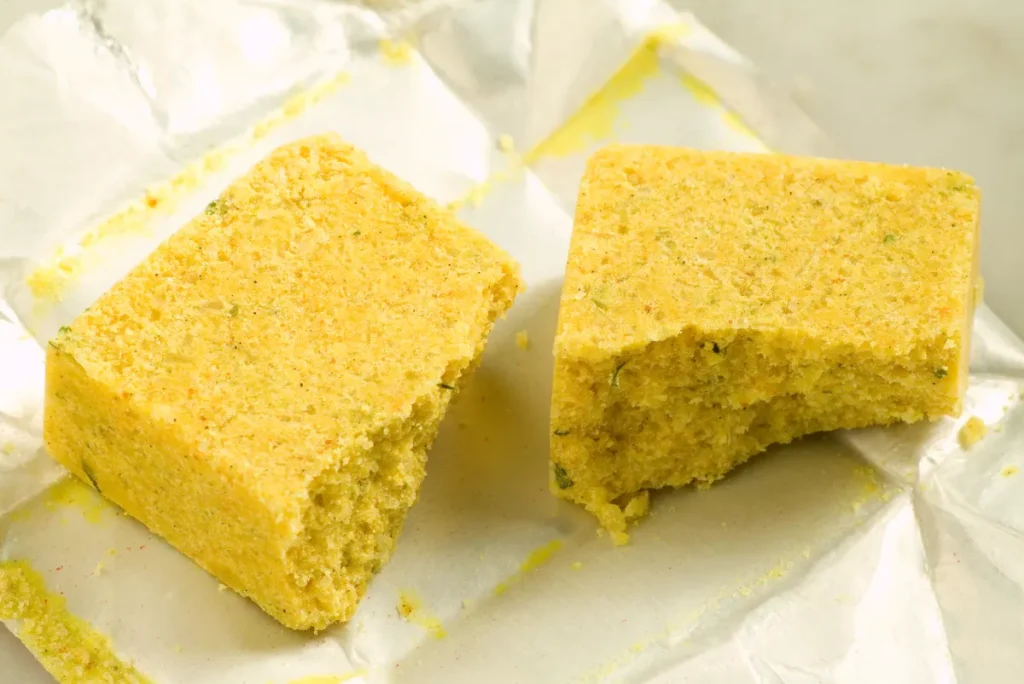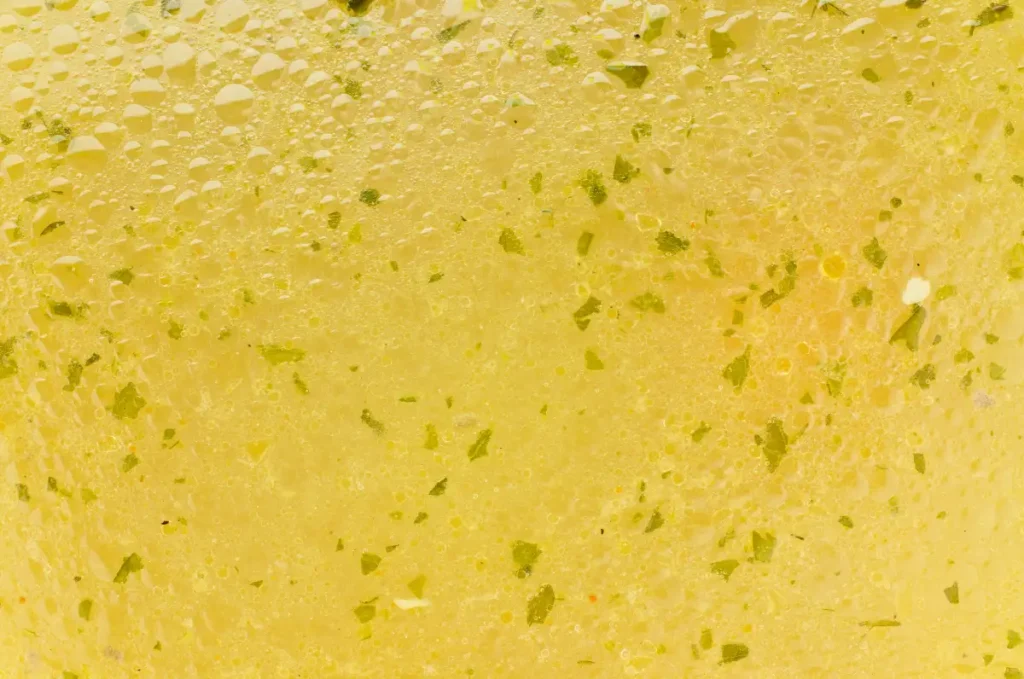Chicken bouillon: the unsung hero of your pantry. Hidden within a humble cube or jar, it possesses the remarkable ability to elevate mundane meals into gustatory delights. Whether you’re concocting a speedy weekday broth or enriching a simmering pot of stew, chicken bouillon stands as a culinary ally every cook should cherish. Yet, what mysteries lie within this enchanting ingredient, and how can you unleash its complete prowess? Join us as we unravel the enigma of chicken bouillon, delving into its origins, applications, and even the art of crafting your own rendition.
Understanding Chicken Bouillon
What is Chicken Bouillon?
Chicken bouillon, in its simplest form, is a concentrated chicken flavor. It typically comes as cubes, granules, or powder, and is made by simmering chicken, vegetables, and seasonings, then dehydrating the resulting broth into a condensed form. The ingredients can vary slightly between brands, but generally include chicken meat or bones, vegetables like onions and carrots, salt, fat, and various herbs and spices.
The main difference between the various forms of chicken bouillon lies in their texture and convenience. Cubes are the most compact and require dissolving in hot water, while granules and powder offer quicker dissolution and easier portion control.
Interestingly, chicken bouillon’s history traces back to the early 19th century when the invention of canning and food preservation techniques allowed for the creation of concentrated broths. This innovation revolutionized cooking, offering a convenient way to add flavor and depth to dishes without the need for time-consuming stock preparation.
Nutritional Value
While chicken bouillon delivers a punch of flavor, it’s important to understand its nutritional profile and how it fits into a balanced diet. The main component of the bouillon is sodium, which contributes to its savory taste but should be consumed in moderation, especially for individuals with high blood pressure or those on sodium-restricted diets.
Here’s a closer look at the typical nutritional content of chicken bouillon per serving (amounts may vary depending on brand and type):
- Sodium: This is the most abundant nutrient, ranging from 800-1000mg per serving. Opting for low-sodium or reduced-sodium versions can significantly reduce this amount.
- Protein: it contains a small amount of protein, usually around 1-2 grams per serving.
- Fat: The fat content is minimal, typically less than 1 gram per serving.
- Micronutrients: Depending on the specific ingredients, chicken bouillon may contain trace amounts of minerals like iron and potassium.
Compared to traditional chicken broth or stock, chicken bouillon generally contains a higher concentration of sodium and flavoring agents. Broth and stock, on the other hand, tend to offer a more balanced nutritional profile with a lower sodium content. However, this bouillon can still be a convenient and flavorful addition to a healthy diet when used in moderation and balanced with other nutrient-rich foods.
If you have concerns about sodium intake, consider these tips:
- Choose low-sodium or reduced-sodium chicken bouillon options.
- Use it sparingly to enhance flavor rather than as a primary source of sodium.
- Balance your meals with plenty of fresh fruits, vegetables, and whole grains.
- Consult a healthcare professional for personalized dietary guidance.
Popular Brands
The popularity of chicken bouillon has led to a diverse market with numerous brands offering their unique take on this flavorful ingredient. Here are a few of the most well-known and readily available options:
- Knorr: A global leader in the culinary world, Knorr offers a wide variety of chicken bouillon products, including cubes, granules, and powders. They provide options like regular, low-sodium, organic, and even flavored varieties such as roasted chicken or garlic.
- Maggi: Another popular international brand, Maggi is known for its distinctive yellow packaging and its range of chicken bouillon cubes and granules.
- Wyler’s: A familiar name in many households, Wyler’s offers classic chicken bouillon cubes and granules, often recognized for their affordability and convenience.
- Better Than Bouillon: This brand takes a slightly different approach, offering concentrated pastes instead of cubes or granules. Better Than Bouillon provides a variety of flavors, including roasted chicken, seasoned vegetables, and beef.
Exploring different brands can be a delightful journey of culinary discovery. Each brand offers its unique blend of flavors and formats, catering to diverse preferences and needs. Whether you prioritize affordability, organic ingredients, or specific flavor profiles, there’s a chicken bouillon brand out there waiting to become your kitchen staple.
Using Chicken Bouillon
Culinary Uses
The versatility of chicken bouillon knows no bounds! It acts as a flavor enhancer in countless dishes, adding depth and complexity to soups, stews, sauces, rice, and vegetable dishes. A pinch of the bouillon can elevate a simple pot of steamed rice into a savory delight or transform a bland pan of roasted vegetables into a flavorful side dish.
Chicken bouillon also serves as a convenient substitute for chicken broth or stock. While broth is typically made by simmering meat and vegetables, and stock involves bones for a richer gelatin content, chicken bouillon offers a concentrated flavor that can mimic these liquids in a pinch.
How to Use Chicken Bouillon
Using chicken bouillon is a breeze, but a few tips can ensure you get the most out of this flavorful ingredient.
- Dissolving: For cubes, dissolve them in hot water according to package instructions. Granules and powder dissolve more easily and can be added directly to dishes or hot liquids.
- Ratio: The recommended bouillon-to-water ratio varies depending on the desired intensity and the specific dish. A general guideline is one cube or teaspoon of granules per cup of water for a broth-like consistency.
- Adjusting Flavor: Taste your dish as you go and adjust the amount of chicken bouillon to your liking. Remember, you can always add more, but you can’t take it away!
Making Your Chicken Bouillon
Homemade Recipe
Creating your chicken bouillon allows you to control the ingredients and tailor the flavor to your preferences. Plus, it’s a fantastic way to utilize leftover chicken bones or a whole chicken carcass. Here’s a basic recipe to get you started:
Ingredients:
- 1 pound chicken bones or a whole chicken carcass
- 1 onion, quartered
- 2 carrots, chopped
- 2 celery stalks, chopped
- 10 cups water
- 1 bay leaf
- 1 teaspoon dried thyme
- 1/2 teaspoon black peppercorns
- Salt to taste
Instructions:
- Combine all ingredients in a large pot and bring to a boil.
- Reduce heat and simmer for at least 1 hour, or up to 4 hours for a more intense flavor.
- Strain the broth through a fine-mesh sieve, discarding the solids.
- Cool the broth completely, then refrigerate. The fat will solidify on top, making it easy to remove.
- For a concentrated chicken bouillon, simmer the strained broth until reduced by half or more.
- Store the finished bouillon in the refrigerator for up to a week or freeze for longer storage.
Tips:
- Roast the chicken bones before simmering for a deeper flavor.
- Add other vegetables like garlic, parsnips, or mushrooms for additional complexity.
- Experiment with different herbs and spices to create unique flavor profiles.
Tips for Customizing Homemade Bouillon
The beauty of homemade chicken bouillon lies in its adaptability. Feel free to get creative and personalize your recipe to suit your taste and dietary needs.
- Spice it up: Add a pinch of red pepper flakes for a touch of heat, or incorporate warming spices like ginger or turmeric for an Asian-inspired twist.
- Herb it up: Experiment with fresh or dried herbs like rosemary, parsley, or tarragon to create unique flavor combinations.
- Low-sodium: Omit the salt or use a salt substitute to control the sodium content.
- Vegetarian/Vegan: Replace the chicken with vegetable scraps and kombu (seaweed) to create a flavorful vegetarian “chicken” bouillon.
FAQs
Is chicken stock and bouillon the same?
No, chicken stock and bouillon are not the same. While they share similarities in flavor profile, they differ in their ingredients and preparation methods. Chicken stock is made by simmering chicken bones and vegetables, resulting in a thin liquid with a delicate flavor. Chicken bouillon, on the other hand, is a concentrated form of chicken flavor, often in the form of cubes, granules, or powder. It typically contains salt, seasonings, and sometimes fat, making it a more intense flavor enhancer compared to stock.
What is chicken bouillon made of?
Chicken bouillon typically contains chicken meat or bones, vegetables like onions and carrots, salt, fat, and various herbs and spices. The exact ingredients and proportions can vary between brands and types of bouillon (cubes, granules, or powder).
Is chicken bouillon healthy?
The healthiness of chicken bouillon is primarily determined by its sodium content. Traditional bouillon can be high in sodium, which may be a concern for individuals with high blood pressure or those on sodium-restricted diets. However, many brands offer low-sodium or reduced-sodium options, allowing for greater control over salt intake. It’s important to view chicken bouillon as a flavor enhancer rather than a significant source of nutrition.
Is chicken bouillon equal to chicken broth?
Chicken bouillon and chicken broth are not exactly equal, but bouillon can often be used as a substitute for broth in recipes. The key difference lies in their concentration. Broth is a thinner liquid with a more delicate flavor, while bouillon is a condensed form of chicken flavor. To use bouillon as a broth replacement, dissolve one cube or teaspoon of granules in one cup of water to achieve a similar consistency and flavor intensity.
Can I use chicken bouillon instead of chicken broth?
Chicken bouillon and chicken broth are close cousins in the culinary world, but they do have some key differences. The broth is typically made by simmering meat and vegetables, resulting in a thinner liquid with a more delicate flavor. Chicken bouillon, on the other hand, is a concentrated form of chicken flavor, often containing salt and seasonings.
While they’re not exact equivalents, chicken bouillon can certainly substitute for chicken broth in many recipes. The key is to adjust the quantity to avoid over-salting your dish. As a general rule, use one teaspoon of chicken bouillon granules or one cube dissolved in one cup of water to replace one cup of chicken broth.
How long does chicken bouillon last?
The shelf life of chicken bouillon depends on its form and storage conditions. Unopened cubes or granules can last for years when stored in a cool, dry place. Once opened, it’s best to transfer them to an airtight container to maintain freshness. Homemade chicken bouillon should be refrigerated and used within a week, or frozen for longer storage.
Can I make vegetarian “chicken” bouillon?
Absolutely! Several plant-based ingredients can mimic the savory depth of chicken bouillon. Try simmering vegetable scraps, kombu (a type of seaweed known for its umami flavor), and aromatic vegetables like onions, carrots, and celery. You can also experiment with herbs and spices like nutritional yeast, turmeric, and thyme to achieve a similar flavor profile.
Conclusion
Chicken bouillon proves that big flavors can come in small packages. From its humble origins to its modern-day versatility, this pantry staple has earned its place as a culinary powerhouse. Whether you choose store-bought convenience or the personalized touch of homemade, chicken bouillon empowers you to elevate your cooking and create dishes bursting with flavor. So go forth, experiment, and unlock the magic of chicken bouillon in your kitchen!
More Delicious Recipes:
- 7 Layer Bars: Indulge in the sweet symphony of 7 Layer Bars, a delightful treat that promises layers of flavor and texture. Each bite offers a cascade of sensations, from crunchy to gooey, featuring ingredients like chocolate chips, nuts, and coconut. Perfect for dessert lovers looking for a rich, satisfying snack.
- Malasadas: Curious about how the tropical sweetness of Malasadas compares to the classic New Orleans Beignets? While both are delectable fried treats dusted with sugar, their textures and tastes offer unique culinary experiences. Explore the distinctive qualities of these beloved pastries and see how Malasadas bring a special twist with their light, airy dough and rich history.




1 thought on “Chicken Bouillon: Uses, Benefits & Recipes”